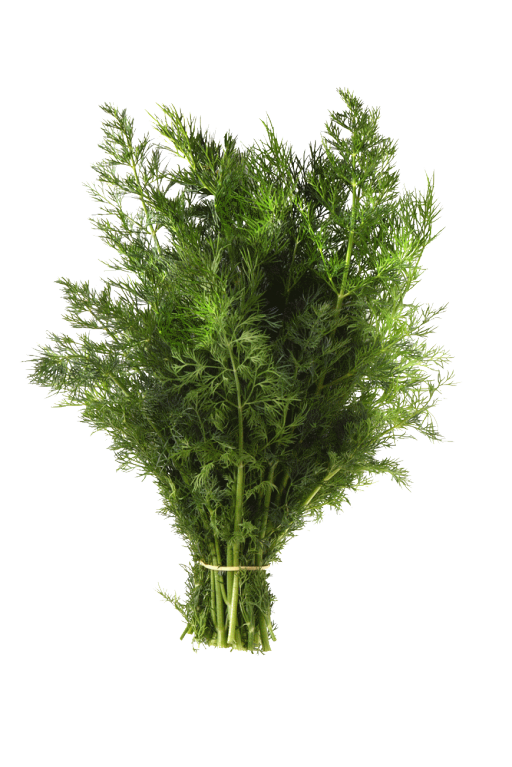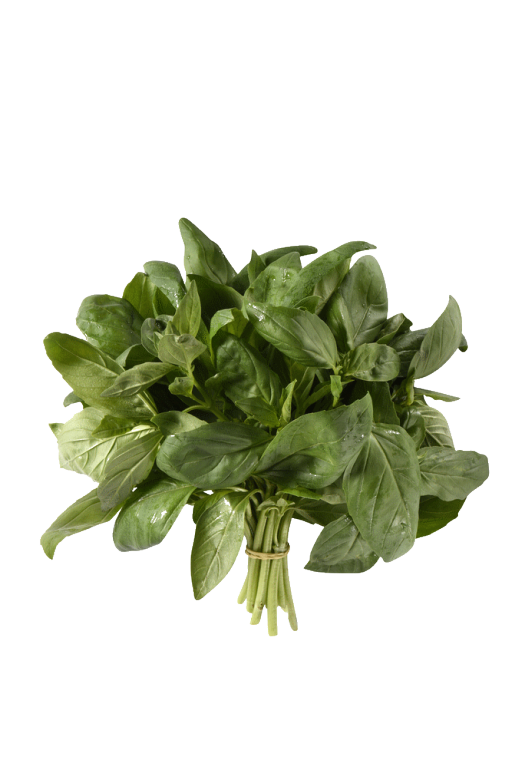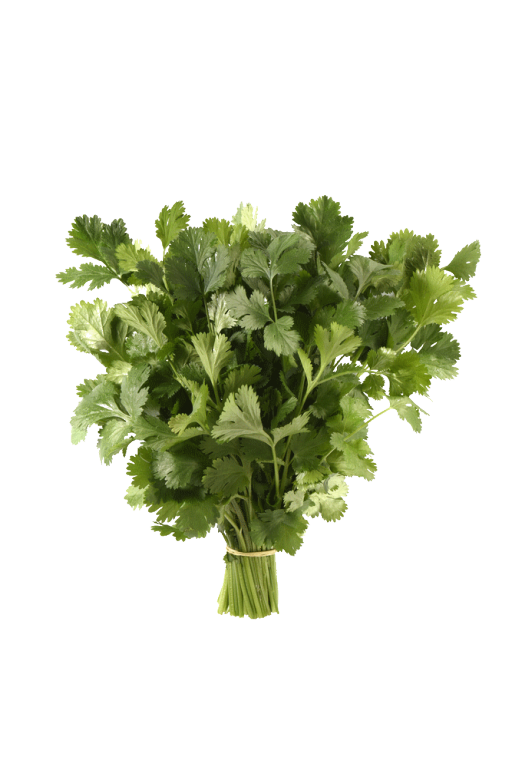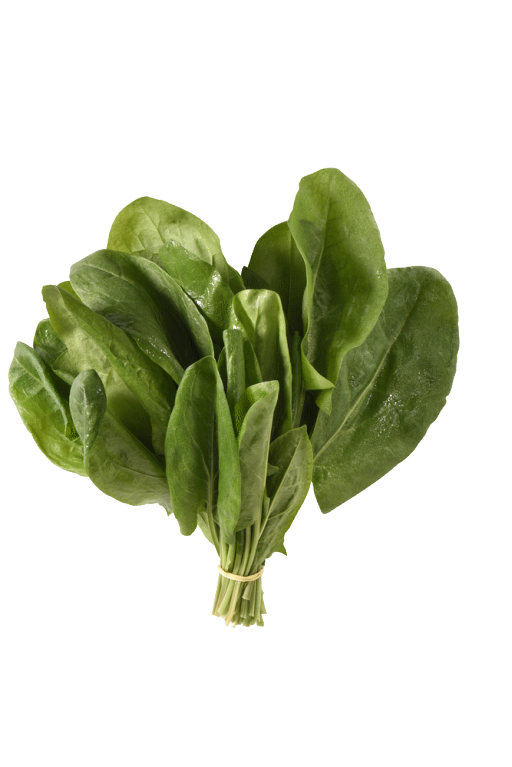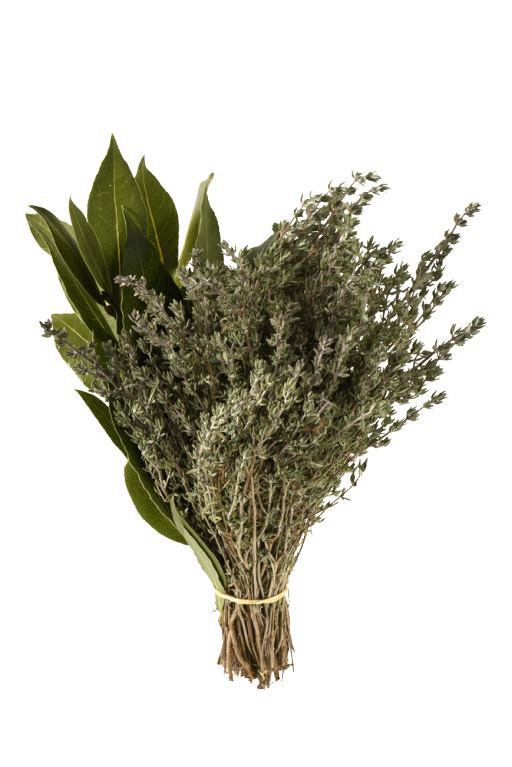Did you know that its name originates from the Greek word "basileus", meaning king? Originally from India, basil has always been linked to a myriad of different symbols: For the Gauls, it could heal wounds and was associated with life, whereas the Romans dedicated it to love and offered it to their brides... This sweet and lemony herb arrived in France in the 16th century and has since been used by countless chefs. Basil is the main ingredient in the famous pistou soup but also in pesto! It is the perfect match to tomato and mozzarella salads and brings a note of freshness to fruit salads!
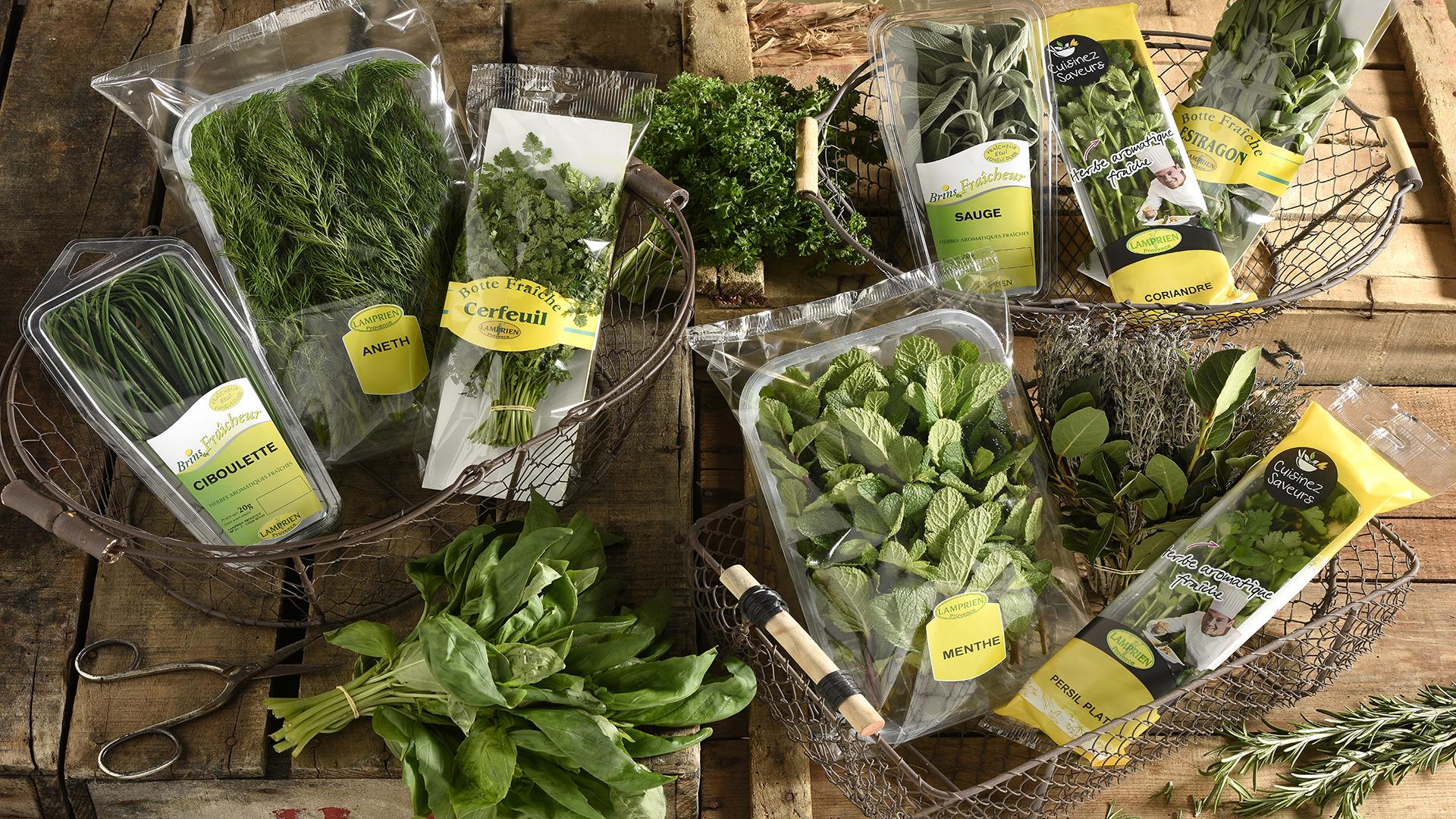
Fresh Herbs
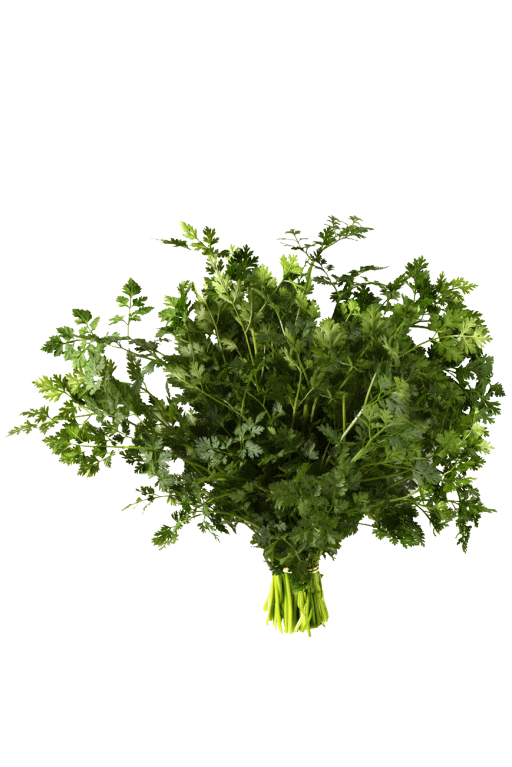
Chervil
Originating in Central Asia, chervil was well known among the Greeks who named it: "the leaf that rejoices" whilst the Romans made it a symbol of rejuvenation and resurrection! It was only in the Middle Ages, brought back from the Crusades, that it arrived in France and was used for its medicinal properties. Today, its fresh leaves are used to flavour sauces, soups, raw vegetables, salads, omelettes and grilled meats. Chervil is one of the “fines herbs” and can be added to dishes as a replacement to salt.
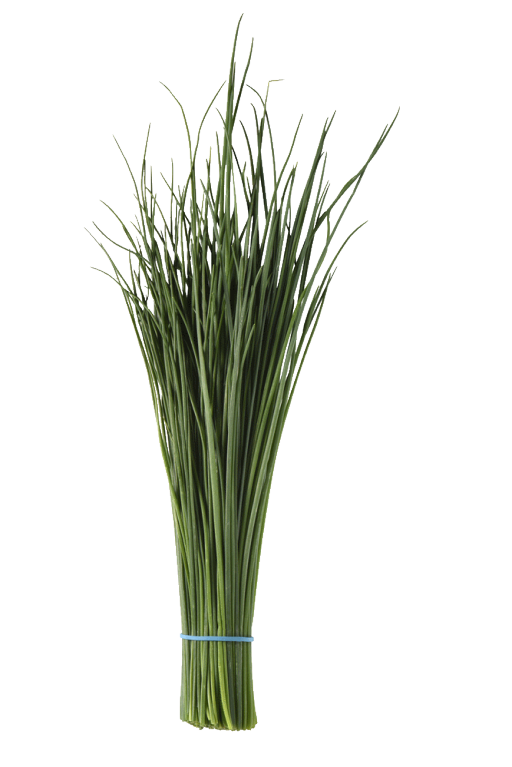
Chive
Grown by the Chinese as a remedy to poisoning, among other things, the taste benefits of chive only became apparent to Europe in the 14th century. It was then known as "apprétits” in French, because of its qualities as an aperitif. This aromatic plant was first cultivated along the Mediterranean Sea before being introduced to North America by settlers.
Known for its slightly alliaceous flavour whilst also being similar to shallots, chives are very frequently found in sauces, dressings and seasonings and are also used for decorative purposes. It should be added at the last minute by cutting the stems with some scissors: it doesn’t tolerate cooking!
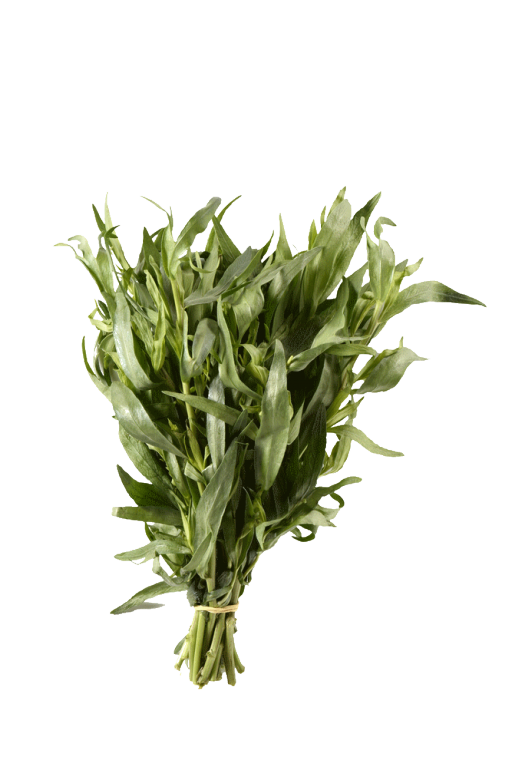
Tarragon
Originally from Central Asia, its name in Latin means "little dragon" and derives from the Middle Ages when it was customary to believe that it could heal and relieve the stings or bites of poisonous animals. It was only in the 16th century when cultivated by monks that it became appreciated for its gustatory appeal. Often served as an accompaniment to chicken, tarragon is the key ingredient in béarnaise sauce and adds flavour to many dishes such as savoury cakes, salads and white fish dishes.
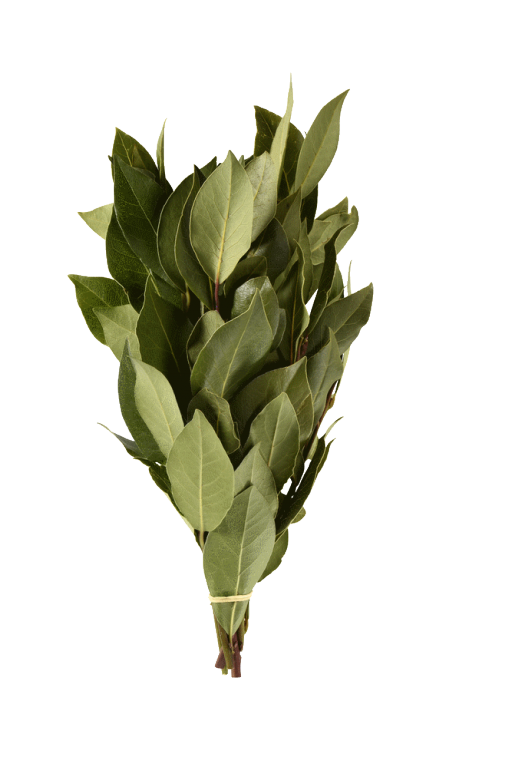
Bay leaves
Originally from southern Europe, the bay leaf is a symbol of victory, it was used by the ancient Greeks and Romans as a crown for victors. It is used to make bouquet garnis and to flavour sauces, stews and marinades. Just like thyme, bay leaves add aroma and flavour to dishes and must be simmered for a long time.
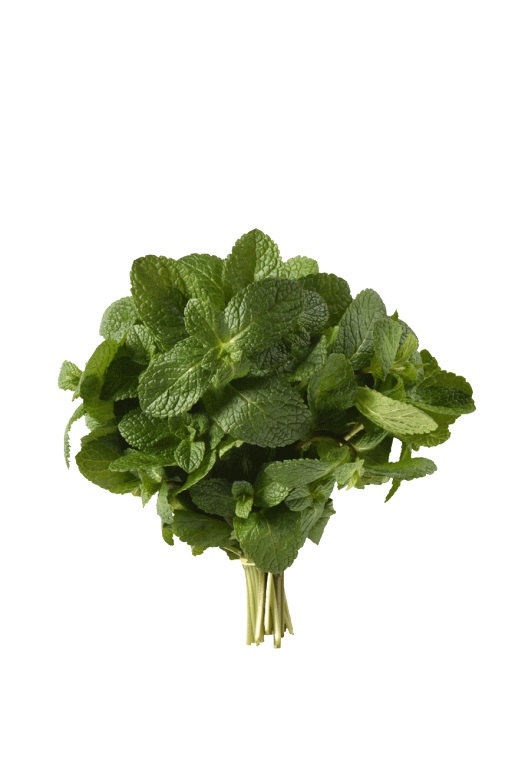
Mint
Originally from Europe, mint is one of the most widely used herbs in the world but is used in many different ways depending on country and continent. Its taste, often associated with childhood, is frequently found in cocktails and brings a note of freshness to both sweet and savoury salads. It’s the perfect accompaniment to fromage frais.
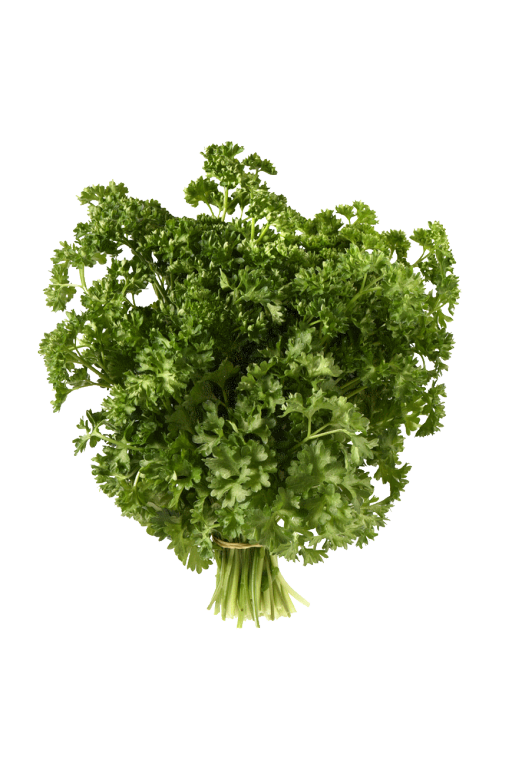
Curly Parsley
Originally from southern Europe, parsley has long been used for its medicinal properties. It was only in the Middle Ages that it became used as a herb. With a warm and herbaceous aroma, curly parsley subtly enhances cold dishes because, unlike flat-leaf parsley, it cannot endure heat. Parsley is one of the most consumed aromatic plants in cooking and is also widely used to decorate dishes; it brings a hint of freshness as well as a certain aesthetic touch.
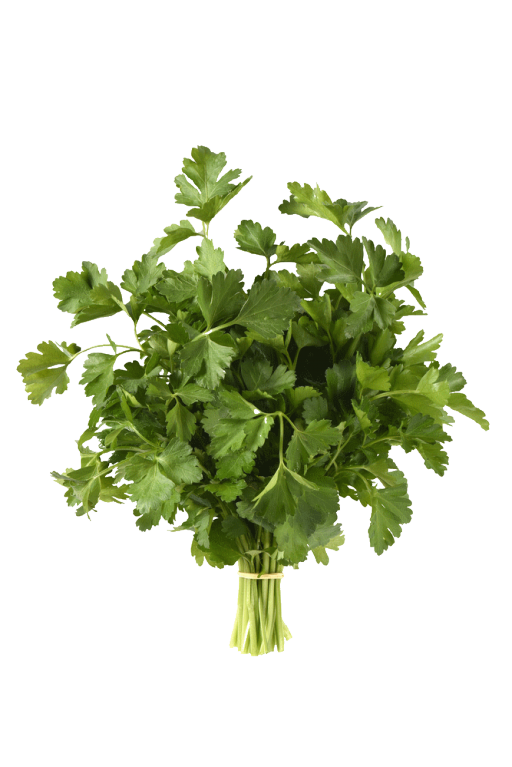
Flat-leaf Parsley
Originally from southern Europe, parsley has long been used for its medicinal properties. It was only in the Middle Ages that it became used as an aromatic herb. Richer in aroma than curly parsley, flat-leaf parsley is more commonly used in hot dishes because it withstands heat just as well as cooler temperatures. On the other hand, it wilts faster so should be stored in the refrigerator in a glass of water like a bouquet of flowers.
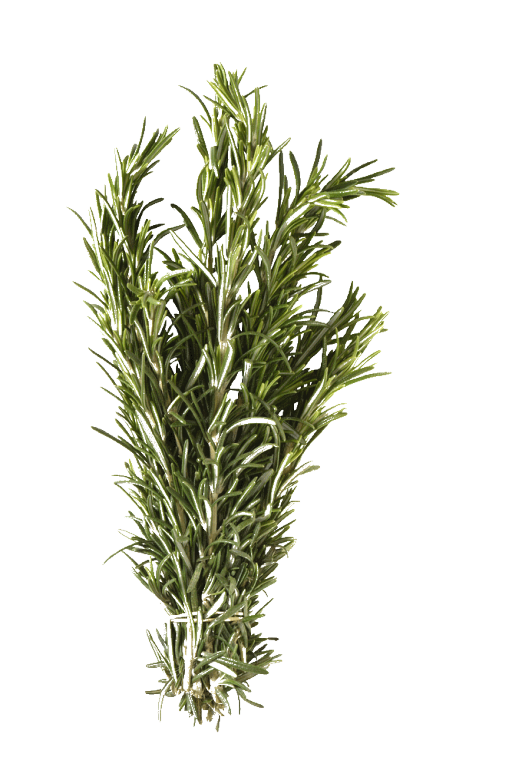
Rosemary
Rosemary originates from the Mediterranean and its primary function was sacred as it was associated with the rites surrounding birth and marriage. Its powerful fragrance goes very well with marinades, roast meats and of course olive oil. Like the other ingredients of a bouquet garni, rosemary is resistant to heavy cooking and its taste is enhanced when simmered.
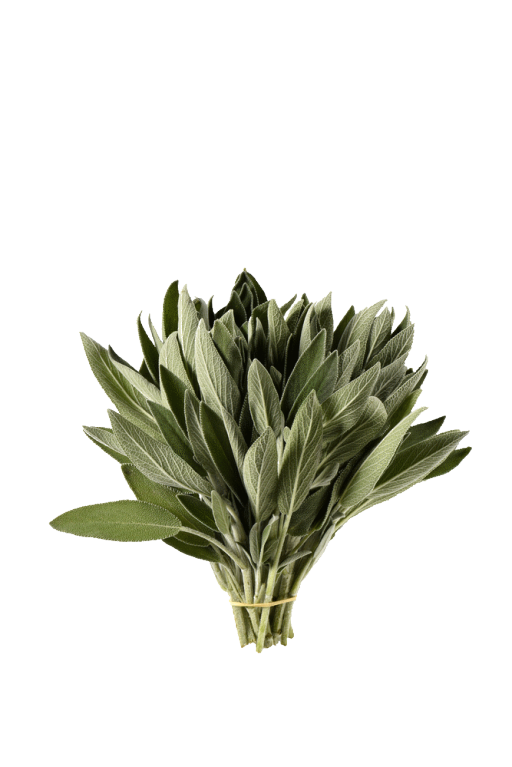
Sage
Sage dates back to the very beginning of medicine. In Greece and ancient Rome, sage was considered a sacred plant and was also used in traditional Egyptian, Chinese, Hindu, Persian, Celtic and Indian medicines. It was even used during leprosy epidemics in the Middle Ages before becoming one of Louis XIV's favourite blends. In cooking, its fresh and slightly camphorated fragrance is perfect for poultry stuffings but also for pork, omelettes, lamb, rabbit and sausage.
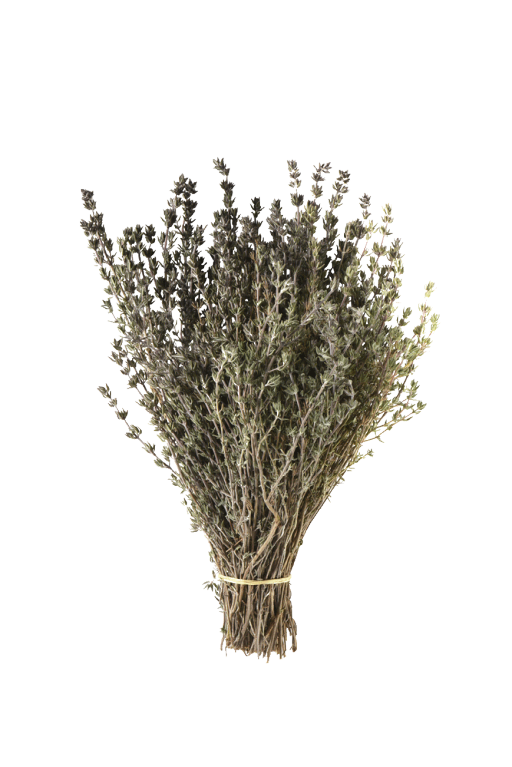
Thyme
Originally from the Mediterranean basin, this emblem of Provençal cuisine known as thyme, or “Farigoule” in Provence, has been popular since the dawn of time. It is one of the essential ingredients of the classic Bouquet Garni, along with rosemary, oregano and bay leaf. Thyme essential oils, which were sacred to the Greeks and Romans, were later found in all kinds of cosmetic products. Today, thyme is one of the most widely used herbs in cooking. Ideal for dishes requiring a longer simmering time as it withstands cooking very well, it is particularly well suited to grilled meats or to flavour tomato sauces and goat's cheese.
